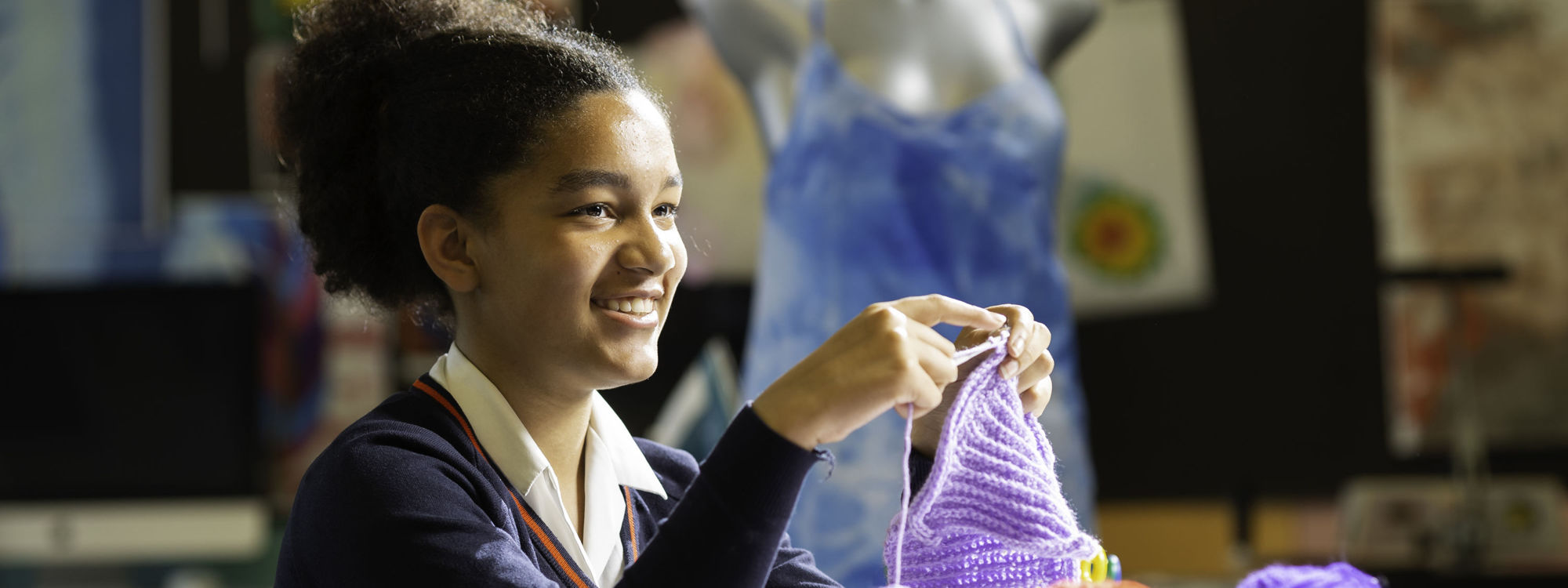Textiles
Syllabus: Edexcel
Textile design is a versatile discipline that involves the creation, selection, manipulation and application of a range of materials and processes in order to produce fabrics for different purposes.
Textile designers are expected to work in a multi-disciplinary way to create ideas, concepts, materials and techniques for different applications. At the core of any textile art and design related practice is drawing. Drawing is an essential skill in the development process, from initial visual research, recording from primary sources, through to the translation of ideas into finished designs.
Contexts for textile design can be found in a wide range of sources; for example, from galleries, historical collections and museums, contemporary trade fairs and fashion shows, a local exhibition, films, architecture, music, literature and nature.
Students should gain an awareness of environmental and global factors relating to textile design as well as a clear consideration of the aesthetics of the end product.
In addition, it is important that students are aware of current trends in textile and fashion design and development in order to achieve contextual currency in their work. This can be done through investigation into textile and fashion consultancies and agencies.
Students should be familiar with contemporary and emerging concepts and learn how to analyse and critically evaluate textile design, demonstrating an understanding of purposes, meanings and contexts.

